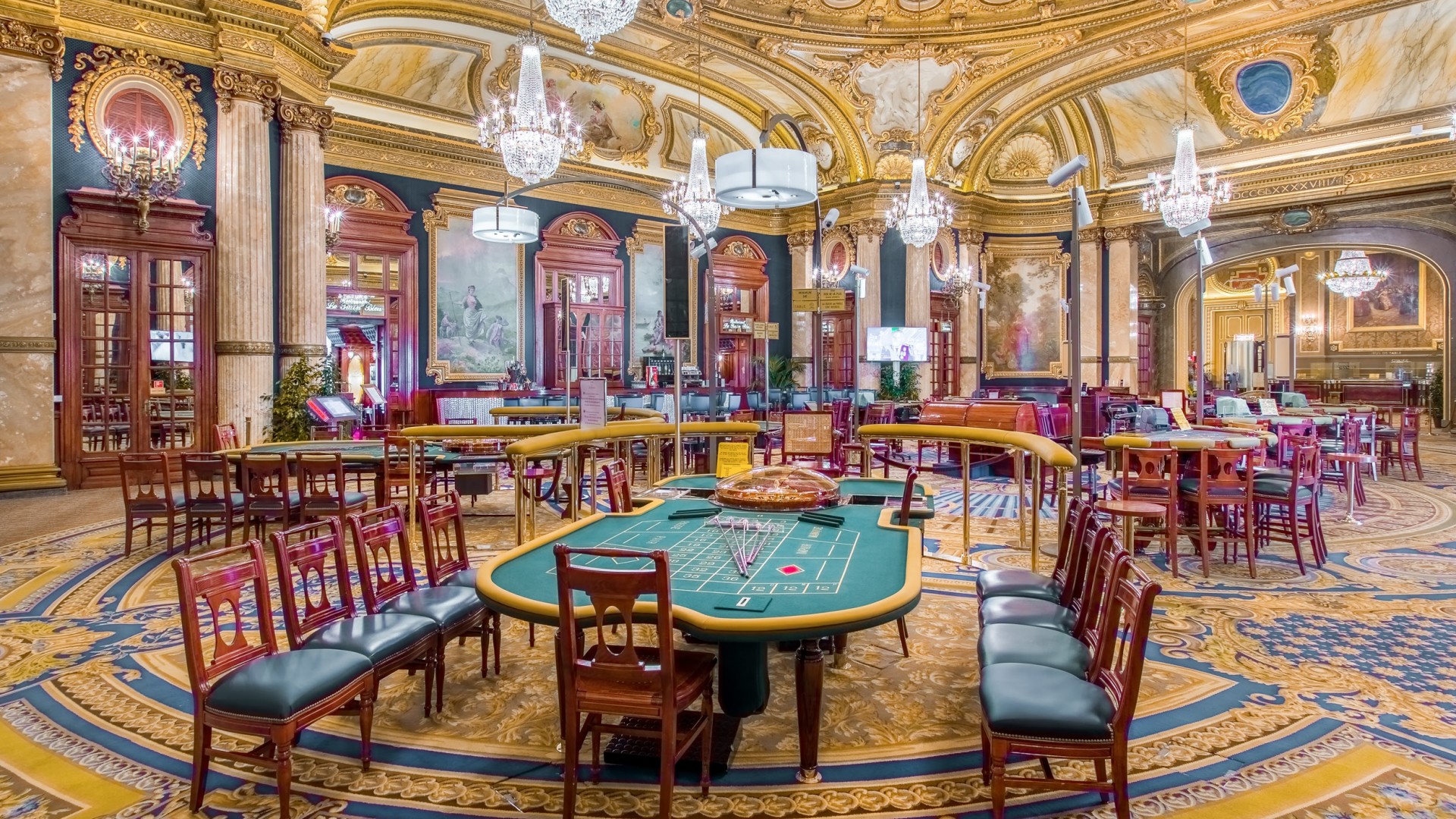
Casino entertainment have long been a fascinating form of entertainment, drawing numerous of players from different cultures around the globe. From the glitzy casinos of Vegas to the thriving gambling halls of the Cotai Strip, these games serve as a common thread that unites people across various backgrounds. The allure of fortune, skill, and gambling entices not only those looking to win money but also those seeking a feeling of belonging.
The cultural impact of casino games extends far beyond the gaming floor. They often reflect the social norms and beliefs of the societies in which they prosper. Games such as Texas hold ’em, blackjack, and roulette have integrated into the mosaic of mainstream culture, influencing multiple fields from cinema to clothing. As we explore this captivating intersection of gambling and society, we can better understand how gambling games shape and are shaped by the surrounding world.
Chronological Progression of Gambling Games
The origins of gaming games can be followed back to old civilizations, where gambling in various forms was widely engaged in. In the East, around two thousand three hundred years before Christ, a variant of gambling known as Keno was common, while in ancient Rome, soldiers would frequently gamble on the results of their matches. The idea of using luck for fun and gain progressed over the years, leading to the creation of more organized activities. By the final Middle Ages, gambling houses initiated to appear in Europe, especially in the Italian peninsula, which introduced early versions of well-liked activities still enjoyed today.
As gambling expanded recognition in European regions, the 17th and 18th centuries saw the appearance of gaming houses as dedicated establishments for gambling. The first official gambling house, the Ridotto, was set up in Venice in sixteen thirty-eight, offering activities like Baccarat games and Faro. This era marked a significant pivoting point, as casinos started to welcome not just the high society but also the expanding middle class. The complexity of games grew, leading to the creation of new regulations and versions that enriched the gaming experience.
In the 19th century, the industrial revolution and changes in societal norms additionally transformed the terrain of gambling activities. The introduction of roulette and contemporary one-armed bandits drew a more diverse clientele, and gaming houses became seen as legitimate forms of entertainment. This era witnessed the international spread of casino activities, as casinos expanded from European nations to the Western Hemisphere, culminating in the creation of the famous Strip of Las Vegas in the 1900s. The evolution of casino activities has persisted into the modern era, including new technologies and digital sites, rendering them available to a global market.
## Cultural Importance within Different Cultures
Casino activities have significant cultural importance in numerous societies around the globe. For instance, in Las Vegas, the very core of the city is woven around casinos, where gaming is not just a hobby but a fundamental aspect of leisure and community life. The vivid lights and vibrant atmosphere attract millions, showcasing how gambling activities can influence local financial landscapes and cultural identities. This environment transforms the notion of leisure into an immersive event that affects apparel, music, and even cinema.
Conversely, some communities view betting with an air of caution, considering it through the lens of ethical beliefs and tradition. A case in point, in numerous Asian cultures, games like Mahjong and Pai Gow Poker are steeped in history and possess significant social meanings. These games are often played during gatherings and occasions, fostering community bonds and strengthening familial ties. The act of playing these games goes beyond mere entertainment, reflecting principles such as respect for elders and the value of shared enjoyment.
Meanwhile, in Western countries such as Monte Carlo and Rome, gambling activities serve as symbols of wealth and refinement. The refined atmosphere of these locations attracts both tourists and residents, reinforcing a sense of prestige and rarity. The art of the game of poker and the tactical components of games like banker’s game are celebrated, molding interpersonal interactions and cultivating an allure that captivates a heterogeneous audience. This underscores how games of chance can simultaneously reflect and shape cultural attitudes towards hazard, reward, and community interaction.
Financial Influence and Tourism
Casino games play a important role in the economic landscape of many regions, particularly those that depend significantly on visitor traffic. https://jun88casino.top/ The revenue produced from casino operations fuels local economies, creating employment opportunities not only within the casinos but also but also in connected industries such as hotel management, dining, and recreation. This influx of tourists, drawn by the attraction of gambling and the overall casino experience, stimulates spending across multiple businesses, contributing to the economic vitality of the area.
The existence of casinos often leads to the development of infrastructure, including lodging, transportation systems, and leisure amenities. These improvements are essential in enhancing the overall tourist experience, making locations more appealing to tourists. Additionally, many casinos invest in local communities through sponsorship of events and charitable activities, further embedding themselves into the social fabric of the region. Such investment not only supports economic growth but also cultivates a positive reputation of the gambling sector.
Moreover, the global popularity of casino games drives competitive tourism, with locations vying to attract players from across the globe. Iconic destinations like Las Vegas and Macau have become identifiable with gambling culture, drawing millions annually. This advantage encourages innovation and variety within the gaming industry, influencing trends in entertainment and hospitality that resonate beyond their limits. The consequences of this visitor influx extend far, impacting local economies and cultural interactions on a global scale.
